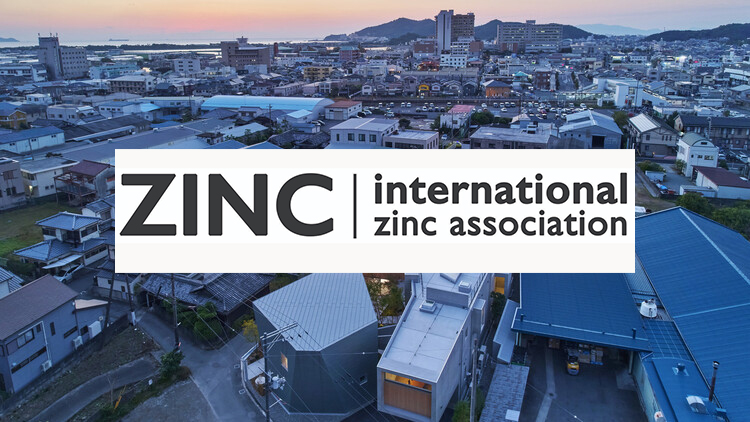In a major boost for sustainable construction practices, the International Zinc Association (IZA) released compelling facts that highlight zinc’s central role in the decarbonization of houses. Through its new Zinc Enables Decarbonization (ZED) initiative, the IZA, in collaboration with environmental economist Benjamin Cox, highlighted how incorporating zinc into house construction can significantly reduce emissions while improving the longevity of a structure.
Based on the research, the construction of one home with the use of zinc will keep over 50 tonnes of carbon emissions at bay. In extrapolation, if only 10% of new houses in North America have zinc-integrated designs, over 40 million tonnes of carbon emissions are averted.
How Zinc Bolsters Foundations and Roofs
The initial phase of the ZED program focused on house building. Zinc is applied mostly to clad rebar in concrete foundations and sheet metal roofs. Zinc coatings make excellent corrosion barriers, and buildings last and continue to be maintenance-free for many decades.
“Zinc has a pioneering role to play in creating stronger, more resilient communities, especially in decarbonizing the home,” said Andrew Green, Executive Director of International Zinc Association.
The study proved that although a standard U.S. foundation home lasts 75 years and its asphalt roof lasts 25 years, a galvanized steel-reinforced home would double these lifespans. This implies not just fewer repairs and replacements but also significant embodied carbon savings throughout the life of the building.
Economic and Environmental Benefits
“Our research demonstrates that zinc delivers cost savings over the long term through prevention of multiple fix and replace of a home’s foundation and roof. But aside from the economics, the environmental advantages are astounding, avoiding hundreds of millions of tonnes of carbon emissions.”
In Europe, replacement of traditional tiling materials with galvanized steel roofs has the potential to avert over 10 tonnes of carbon emissions per home, presenting economic and environmental advantages to home builders and property owners. Increasing Applications of Zinc in Green Building
ZED Director Eric Van Genderen highlighted the significance of the results, saying, “Zinc’s worth to housing grows with each additional year of service life, providing significant economic and environmental benefit. With these findings, we can make the case to policymakers, investors, engineers, and builders to include zinc as a permanent component in residential building planning.”
On the heels of this initial report’s successful release, the ZED initiative will extend its analysis to include discussions of transport networks, energy infrastructure, and the auto sector, continuing to shine light on the role of zinc in global decarbonization.
About the International Zinc Association (IZA)
Formed as a non-profit trade association, the International Zinc Association is committed to international leadership and sustainability for the zinc industry. Through the implementation of initiatives like ZED, IZA aims to highlight zinc’s central role in building a greener and more sustainable future.
As international action against climate change is gaining momentum, zinc’s newly discovered use to building is a perfect example of how traditional materials are repurposed to address innovative, eco-friendly solutions. With the ability to lower emissions exponentially, decrease costs, and increase lifespan, zinc is poised to become a core component of sustainable homes across the world.

